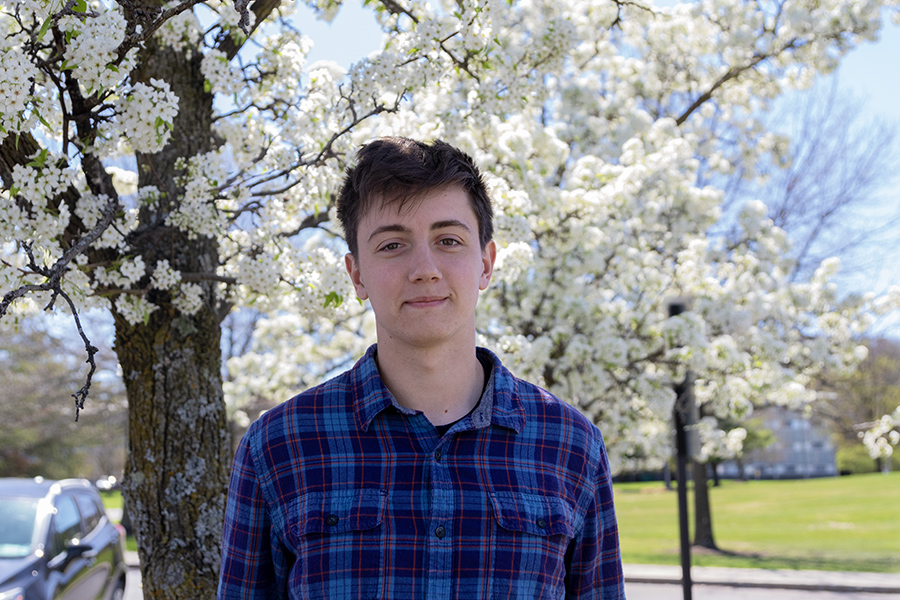Editor’s Note: This is a guest commentary. The opinions do not necessarily reflect the views of the editorial board.
The Callery pear tree, Pyrus calleryana, also known as the Bradford pear is a cultivated species of pear tree native to eastern China. It was brought to the United States as an ornamental landscape tree in the early 1900s and its widespread planting began in the post-World War boom in the 1960s. The tree has been prized for its showy white early-spring flowers. But do not get too close, as the flower’s smell is unpleasant and is often cited as smelling like rotting fish or semen.
City municipalities across the Northeast and Midwest are cutting and removing the Callery pear as a street tree. Pittsburgh, Pennsylvania, removed the tree from their master urban forestry plans because of the species’ weak branch crotches. The trees are considered hazardous in urban settings, as the limbs and branches can easily break in windstorms or heavy snowfall. Because of this, the tree has a generally short life span, usually only reaching 25 years before fully falling apart, if not removed beforehand.
The once-thought-perfect parking lot tree is now being removed from many areas because of the potential harm to people and vehicles. Originally, the tree was thought to be self-incompatible, meaning it will not produce viable seeds. But later, additional cultivars were created, and if grown in proximity to each other, will produce fertile seeds that are dispersed by birds all over the landscape. Wild Callery pears have begun to pop up all over the eastern United States. The escaped Callery pears can out-compete native trees with their fast-growing nature and deep shade canopy, suppressing nearby vegetation.
Ithaca College continues to plant these weak-limbed, short-lived trees even as neighboring states like Pennsylvania and Ohio have fully banned the planting, propagation and sale of the Callery pear. In New York state, the tree is not classified as an invasive species by the Department of Environmental Conservation (NYS DEC). The climate in New York state keeps the wild Callery pear trees in check. The species struggles to cope with deep freezes, but as the climate continues to warm from anthropogenic climate change, the environment around Ithaca College will allow escaped wild Callery pears to outcompete early successional vegetation.
From decades of mass production, and now with statewide bans, the Callery pear’s price is dropping. Nurseries out of state are being forced to get rid of the remaining stock before hard bans take place. The college’s maintenance staff is likely unaware of the potential invasiveness of the tree and continues to plant them because of the cheap price. In the last year, I have seen new Callery pear trees planted in the S parking lot near Emerson Hall. There are over 25 planted in the S and O parking lot behind the Park School, as well as five larger Callery pears at the entrance of the Park School.
The continued planting of a tree species that is short-lived, is hazardous to people and vehicles and has invasive potential that does not align with the college’s progressive sustainability goals. It is in the college’s best long-term interest to replace the needless number of Callery pears littered throughout campus. At least, in the future, I hope the colleges’ maintenance staff chooses not to plant any more Callery pears, but instead plant long-lived native flowering trees and shrubs. The college’s decision to continue planting the Callery pear is a poor financial decision at best, and at worst, has the potential to be an ecosystem catastrophe. The Callery pear issue is by no means the main villain in the ever-large environmental crisis, but having the right trees in the right place is paramount for a sustainable future.
Johannes Burghahn (he/him) is a sophomore environmental studies major. Contact him at [email protected].

















Julian • Apr 23, 2024 at 3:19 pm
Fire